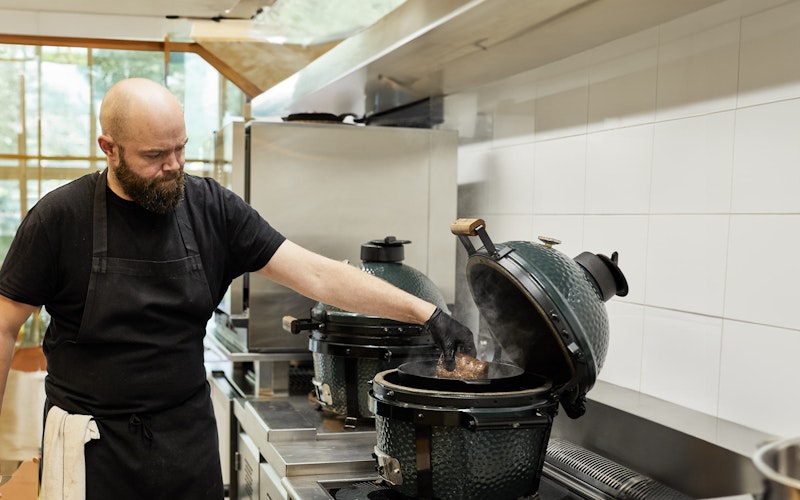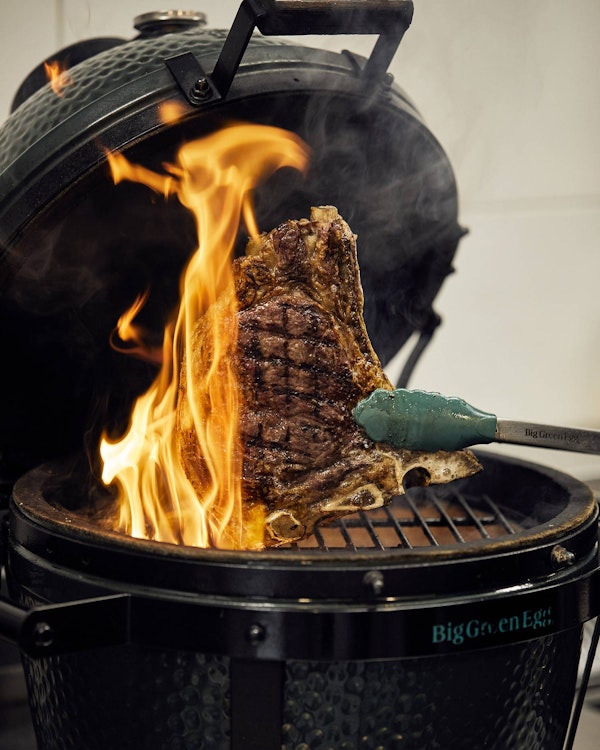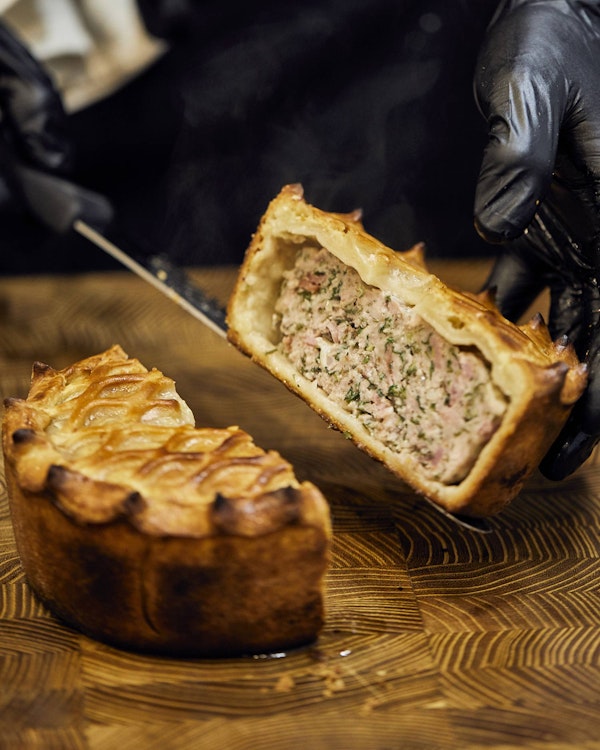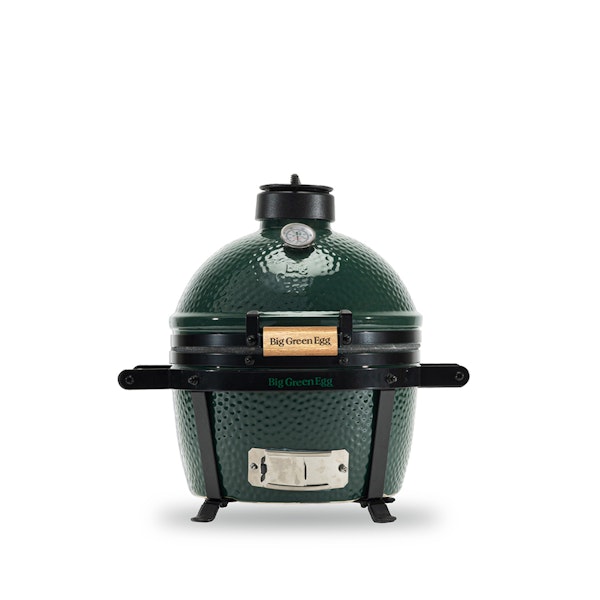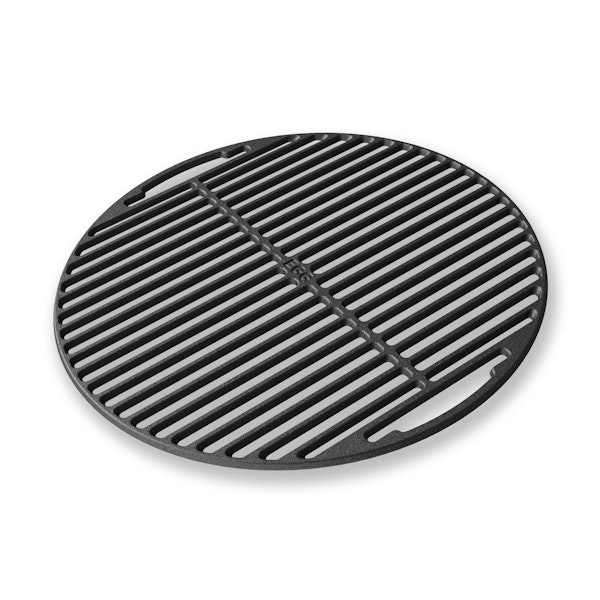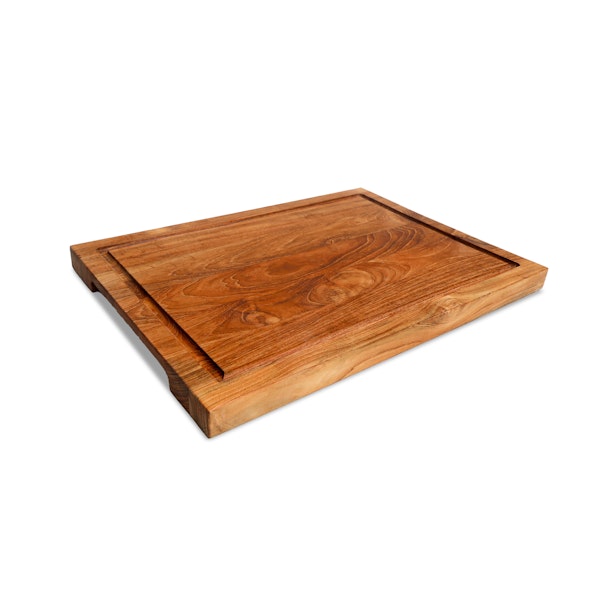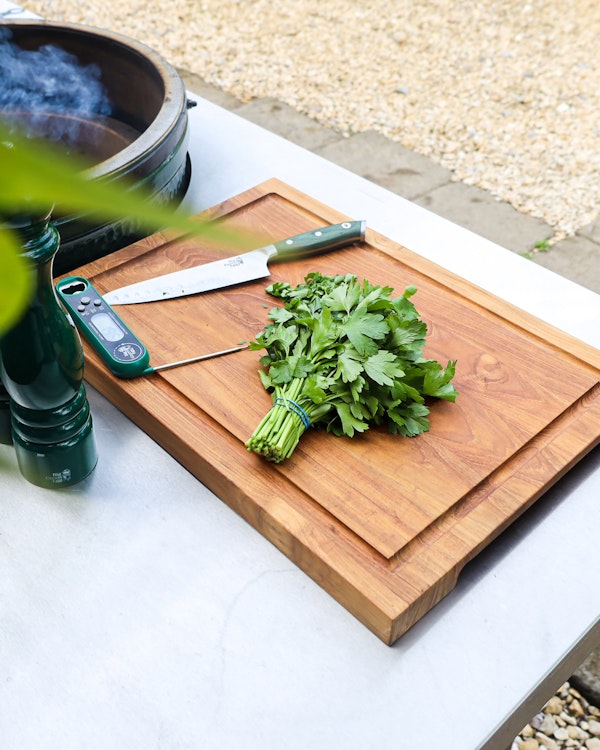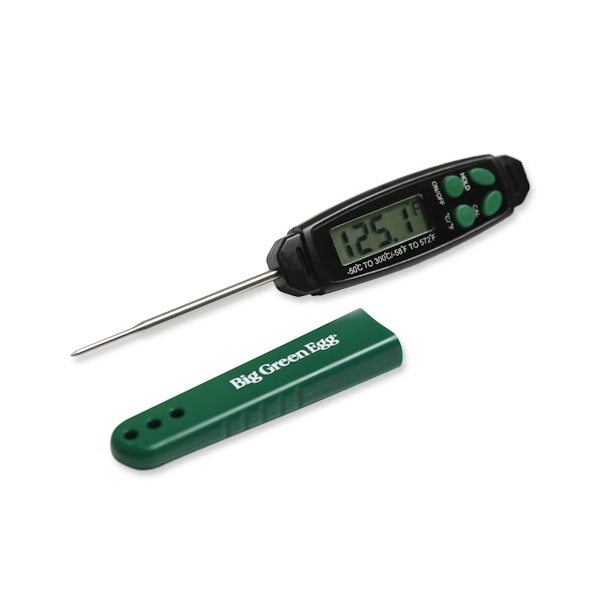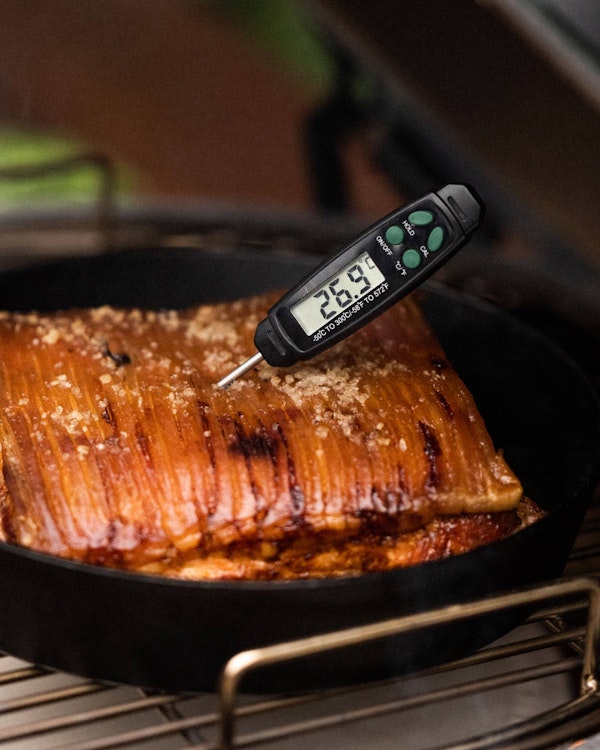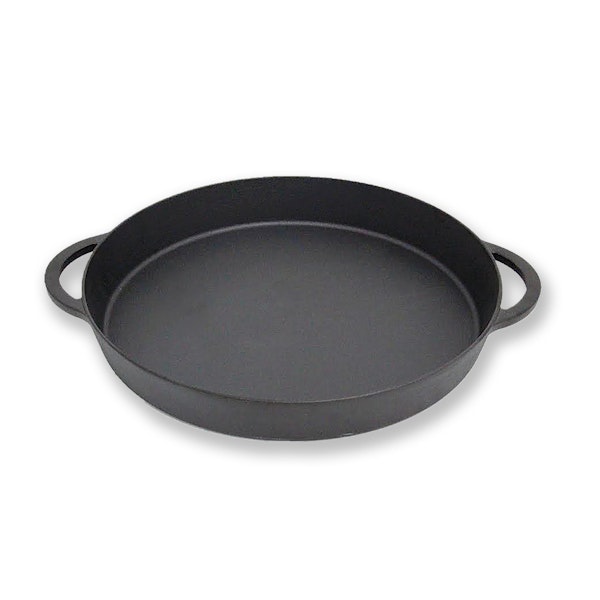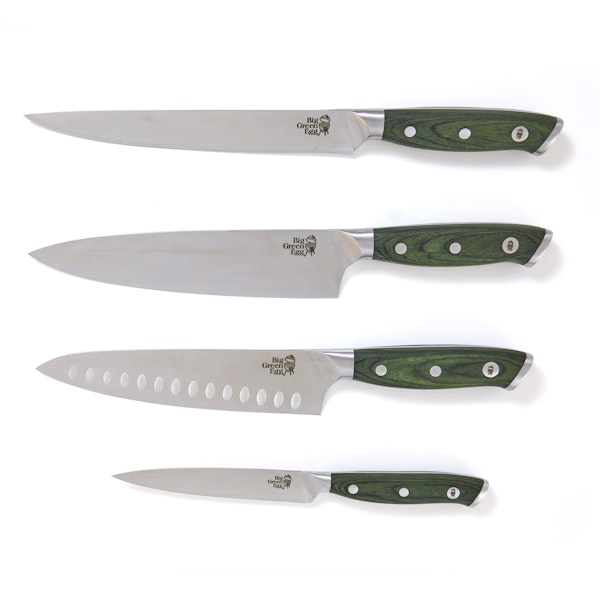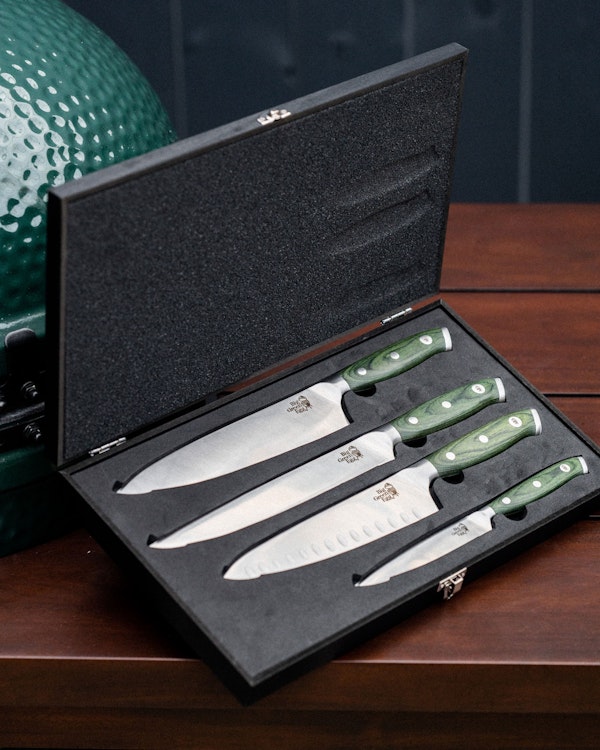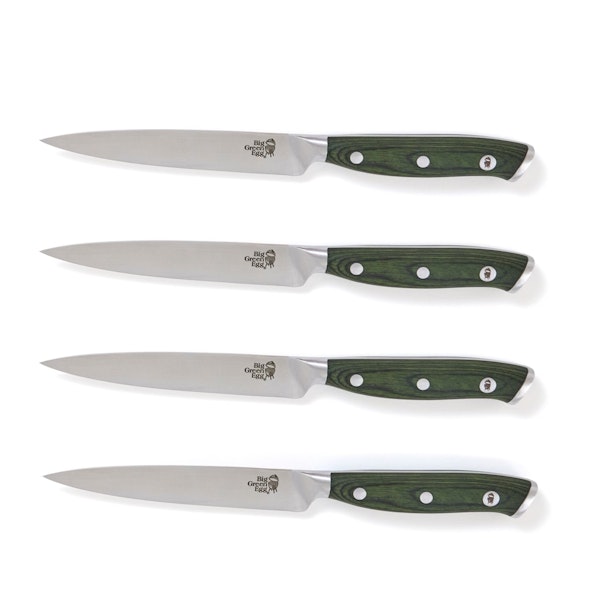HG Walter started in 1972, two years before Big Green Egg, and is still family owned. How much has it changed since then?
It began as a small, traditional butcher’s shop. They started doing a little bit of wholesale from the shop, and over the years it’s just grown from there. In the last 10 years or so, it’s massively blown up, so now we have a big warehouse unit over in Wembley. We still have the shop in Baron’s Court, and that hasn’t really changed at all, but the main bulk of the business is wholesale. We supply restaurants throughout London, as well as doing online retail nationwide.
What kind of reputation does HG Walter have with chefs?
Long before I worked for HG Walter, I knew about HG Walter. Even before I used them as a supplier, I knew about HG Walter. If you’re a chef in London, you’ll know the name. We supply everyone from pubs to three Michelin star restaurants like Core by Clare Smyth. We supply The River Café, Kol and Tom Booton at the Grill The Dorchester, as well as the Gordon Ramsey Goup. We must supply at least 50 Michelin-starred restaurants. I could go through the list, but I’d be here all day!
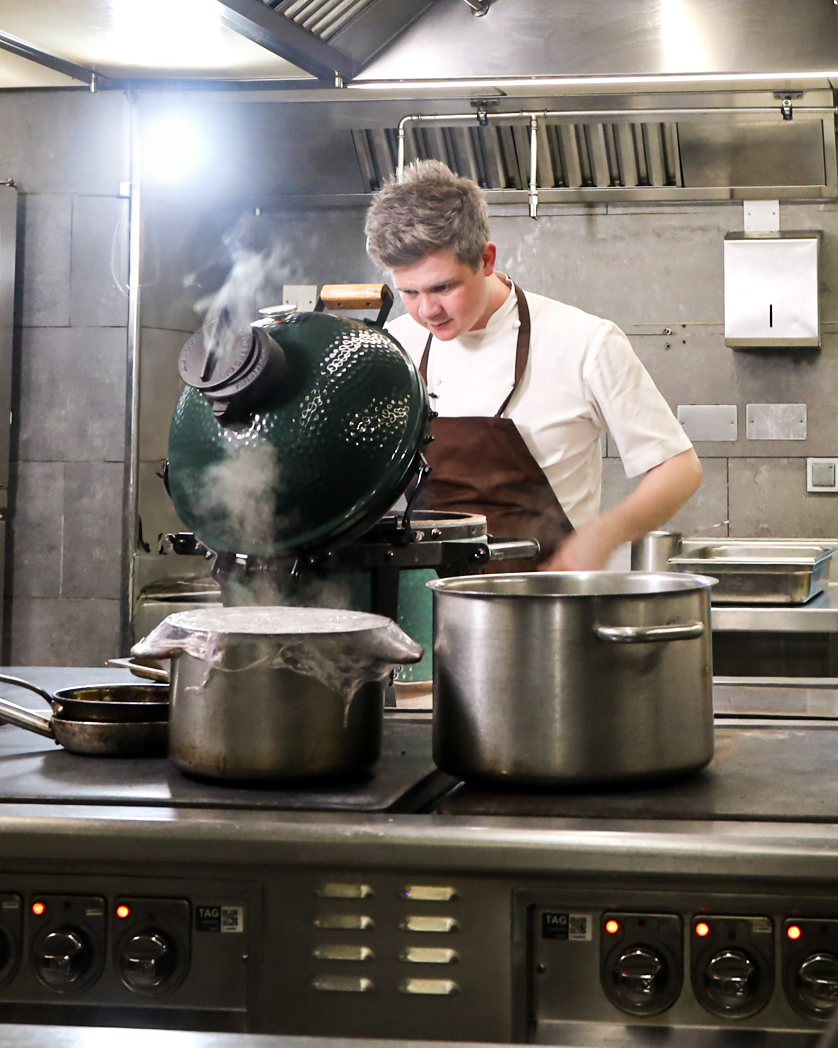
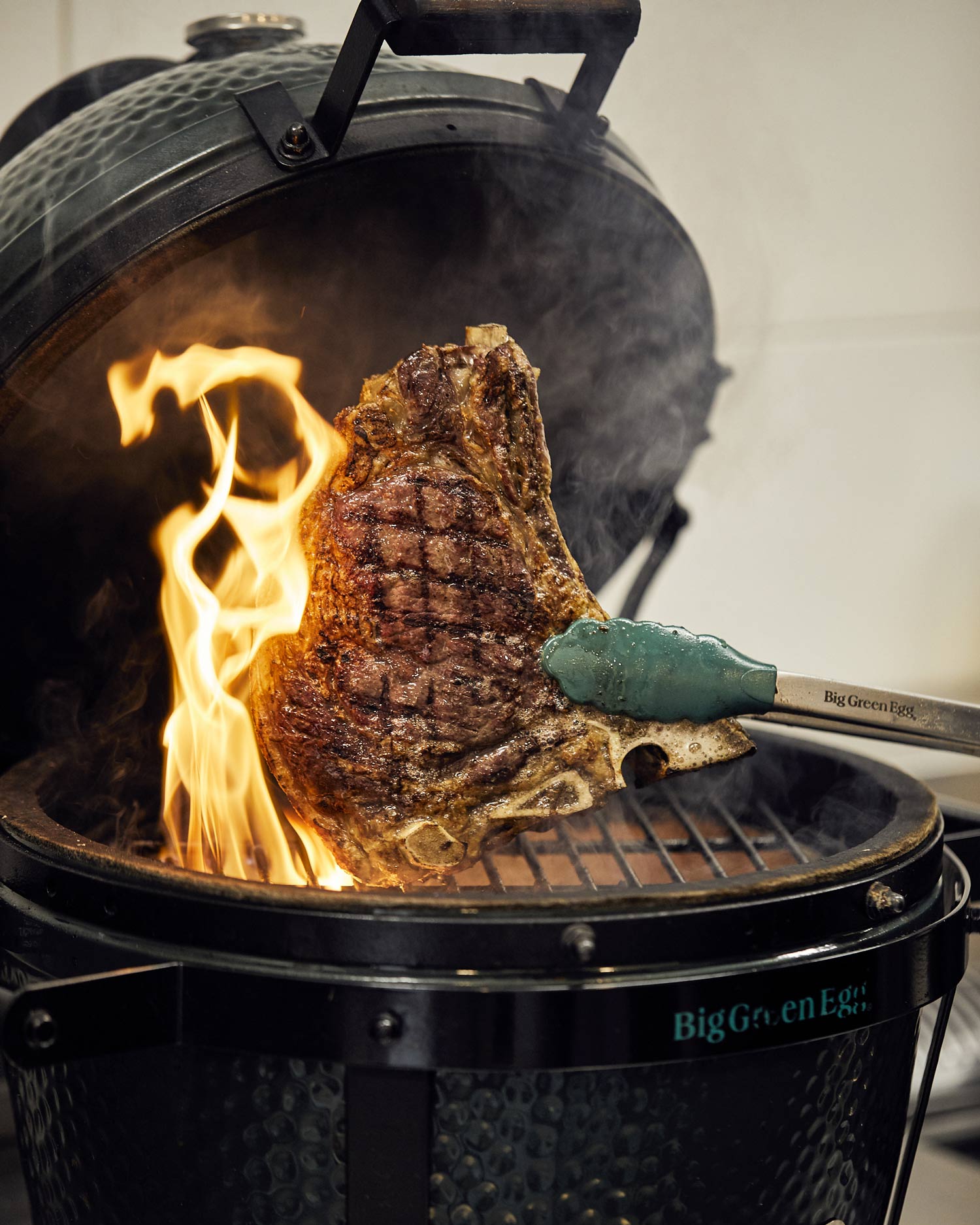
What is it that has those world-famous restaurants knocking on your door?
Quality. Here, it’s all about quality, not quantity. HG Walter started small, and it grew while keeping true to its values. It began as a small shop with a few small suppliers; now, we have a lot more of those small suppliers, but the ethos hasn’t changed. We try to work as locally as possible, as British as possible – I think, 99 per cent of our products are British. We use a lot of independently owned farms, no big chains, nothing mass produced. It’s a very personal relationship – you can always pick up the phone and speak to the farmer.
The business has a strong commitment to sourcing meat from animals that have been raised slowly and treated well. As a chef, why does that matter?
Intensive farming gives you a lower quality because it’s always done at the highest possible speed. It’s all about increasing the weight as fast as possible for the profit lines, whereas this is done with quality front of mind, so things take a bit longer, they cost a bit more – but at the end of the day, you’re going to get a much better product. As a chef who’s worked in very high standard places, I wouldn’t be able to work at HG Walter if they didn’t have those standards. What you cook represents you, and I don’t want to be putting out anything that reflects badly on me, but your food can only be as good as the ingredients you use.
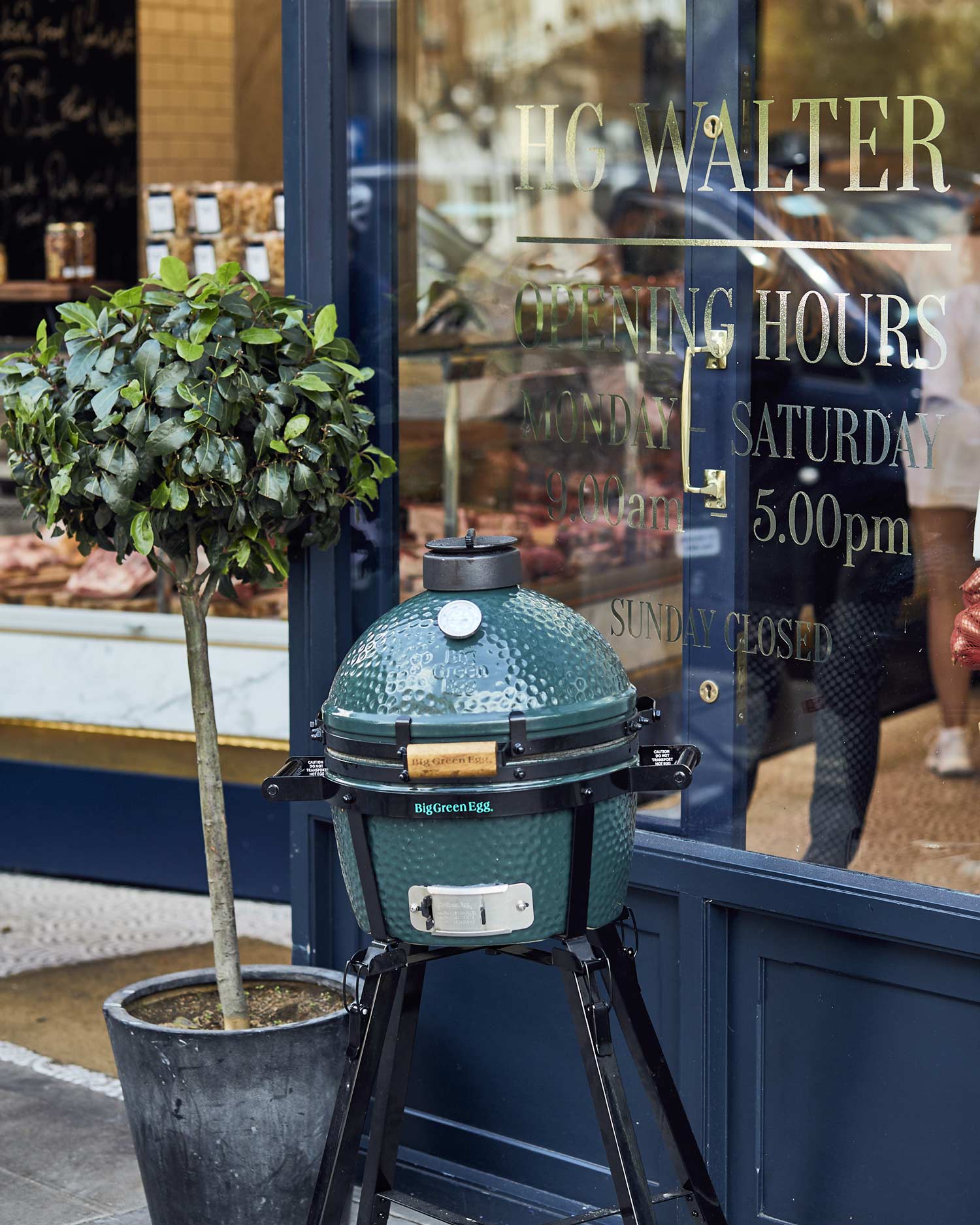
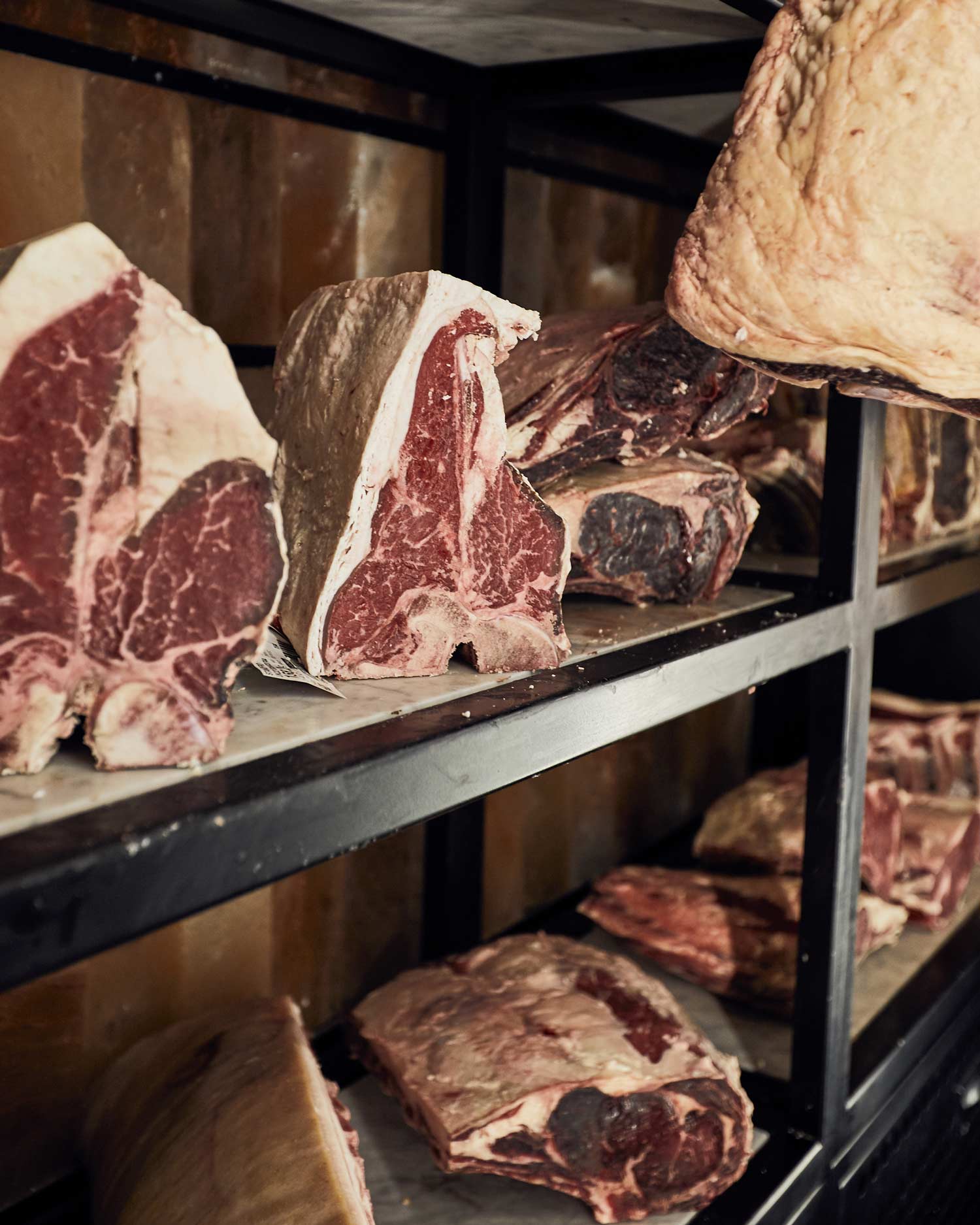
The meat in the Steak Box you’ve put together for us is all 28-day dry aged. What difference does that make?
Aging helps mature the flavour and make the steak more tender. With dry aging, what you’re doing is drawing a lot of the moisture out of the meat, and that by its very nature will intensify the flavour. Also, bacteria build up over time, which gets those more intense flavour notes into the meat. With dry aging you can lose 10 to 20 per cent of the weight. Obviously, supermarkets don’t want to lose that, because weight is profit, so they usually wet age their meat in a bag for a week or so, which means it tenderises slightly but doesn’t lose any weight. We’re happy to take that hit if it means a better product. We have an aging room with Himalayan salt brick walls, so the atmosphere is really dry. If you have any moisture in the air, it can really compromise the product.
In the box, you’ve included several lesser-seen cuts like picanha, onglet and chateaubriand. Why?
We always like to champion cuts like these, because they’re not something you’ll often see. Here, the butchers are skilled enough to break up the individual muscles. It might only be a small muscle on a big old cow but, if you’ve got the knowhow, you can make the most of the entire animal – and that’s really important to us.
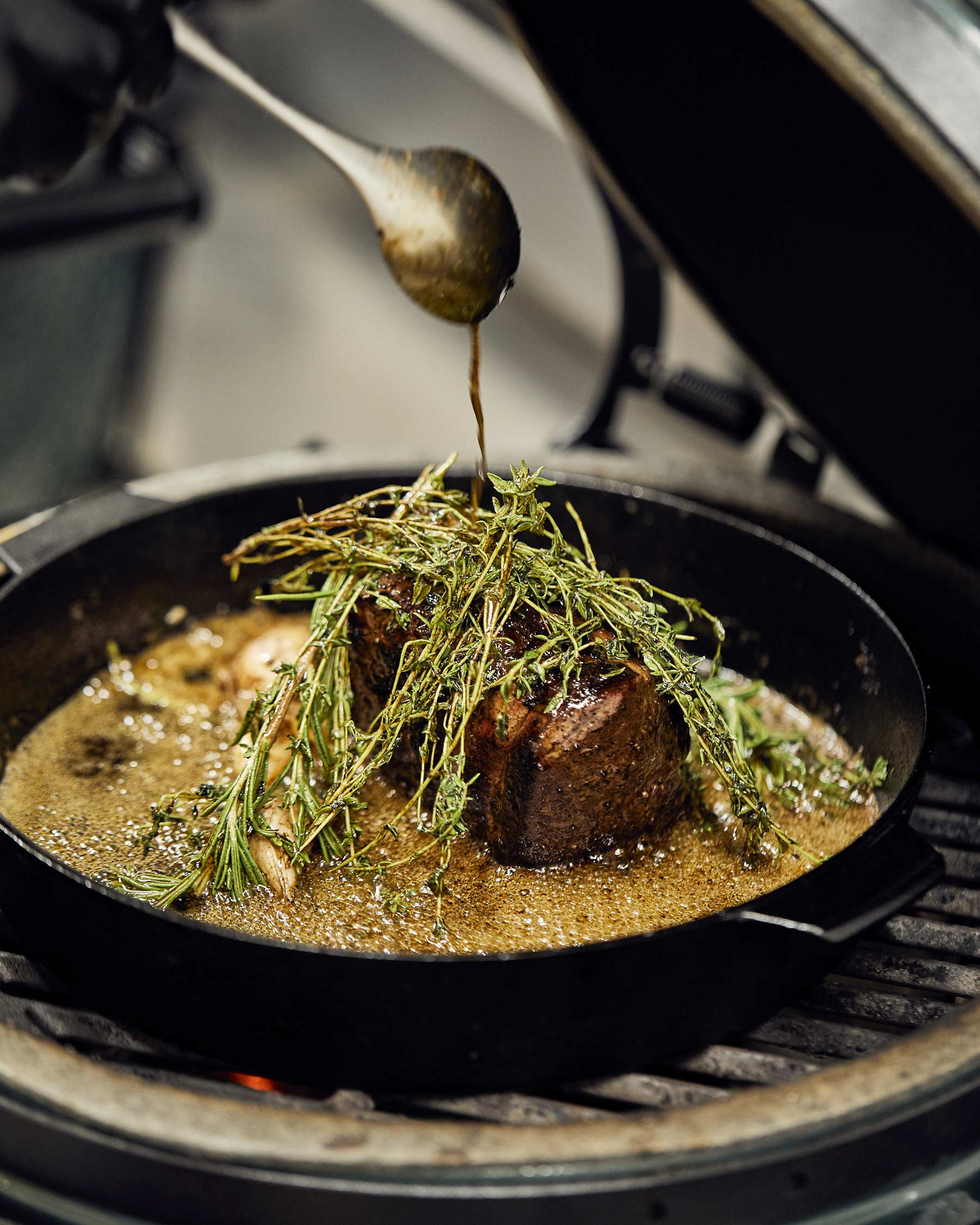
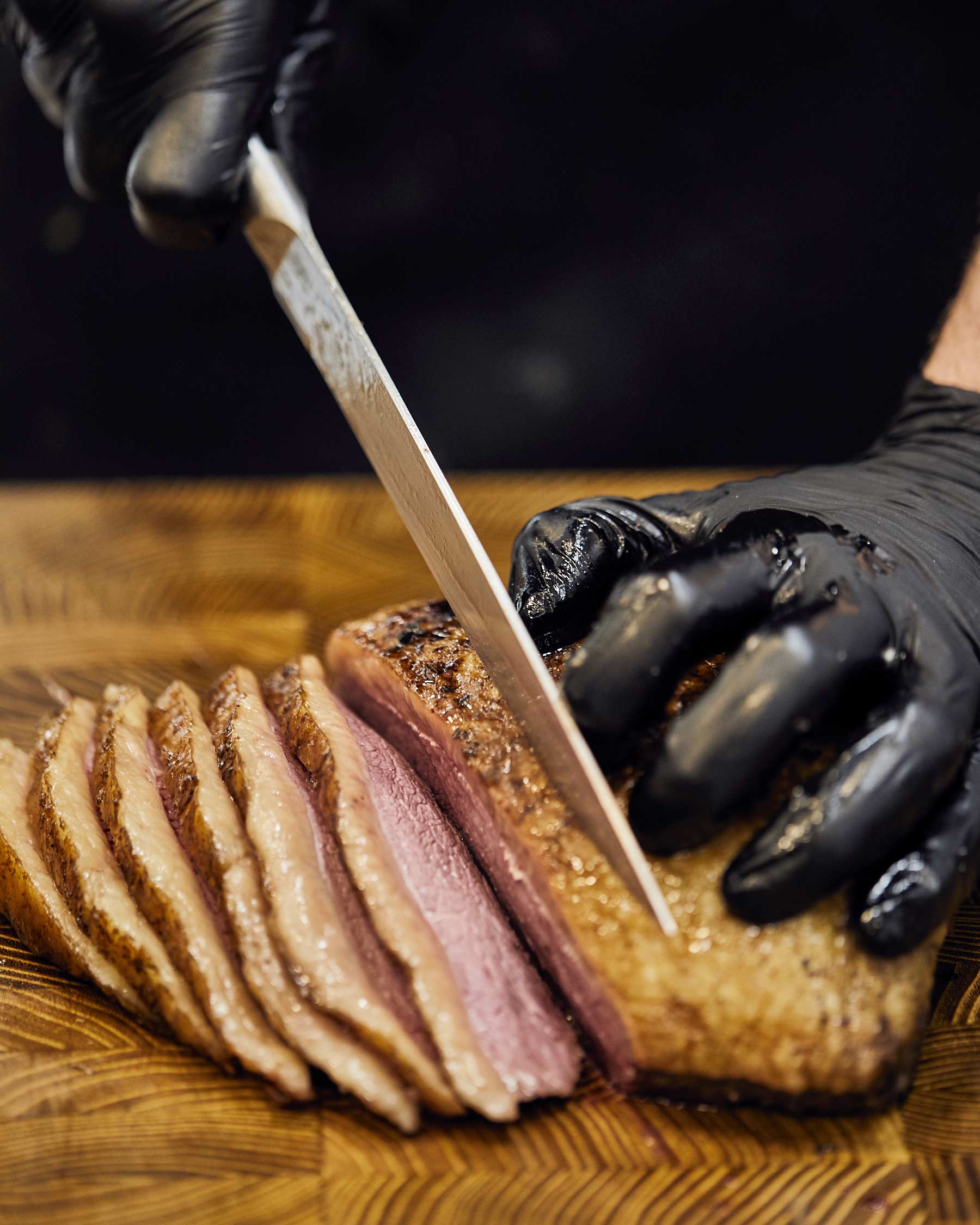
How did you find your way into cheffing?
I was at college, working part-time as a kitchen porter, and they offered me full-time work. When you’re 17 and someone offers you a salary, you jump at it. I worked my way up from there. I’ve been in high-end pubs and Michelin star restaurants. I’ve done directors’ dining. I’ve done quite a broad spectrum of hospitality, always in and around London. I love it. I could never see myself doing a stationary job, a nine-to-five behind a desk. I have to be doing something with my hands, being a bit creative.
What brought you to HG Walter?
Covid! I got a new job two weeks before Covid hit. Everything shut down, but I hadn’t started so I couldn’t be furloughed. I knew someone who was working with HG, and I asked if they were hiring. I’d have been happy to just stand there butchering chickens all day, but I spoke to the directors and it turned out they were looking for a chef to expand their offering.
It’s unusual for a butchery business to have its own chef. What does your workload consist of?
I oversee our homemade offering: like classic butchery but cooked. We make chicken stock, beef stock, peppercorn sauce, red wine jus. We make lasagnas, pâtés, pies, sausage rolls, scotch eggs. It all helps with the nose-to-tail thing: we make use of everything; we speak with the butchers all the time to see what needs using up. On top of that, we feed the staff every day – there’s a team of about 170 here. There’s the marketing work too: the Instagram stuff, the collaborations, the masterclasses. When I tell people I’m a chef and I work at a butcher’s, I get a lot of funny looks. I thought it was weird too, but it makes complete sense to me now!
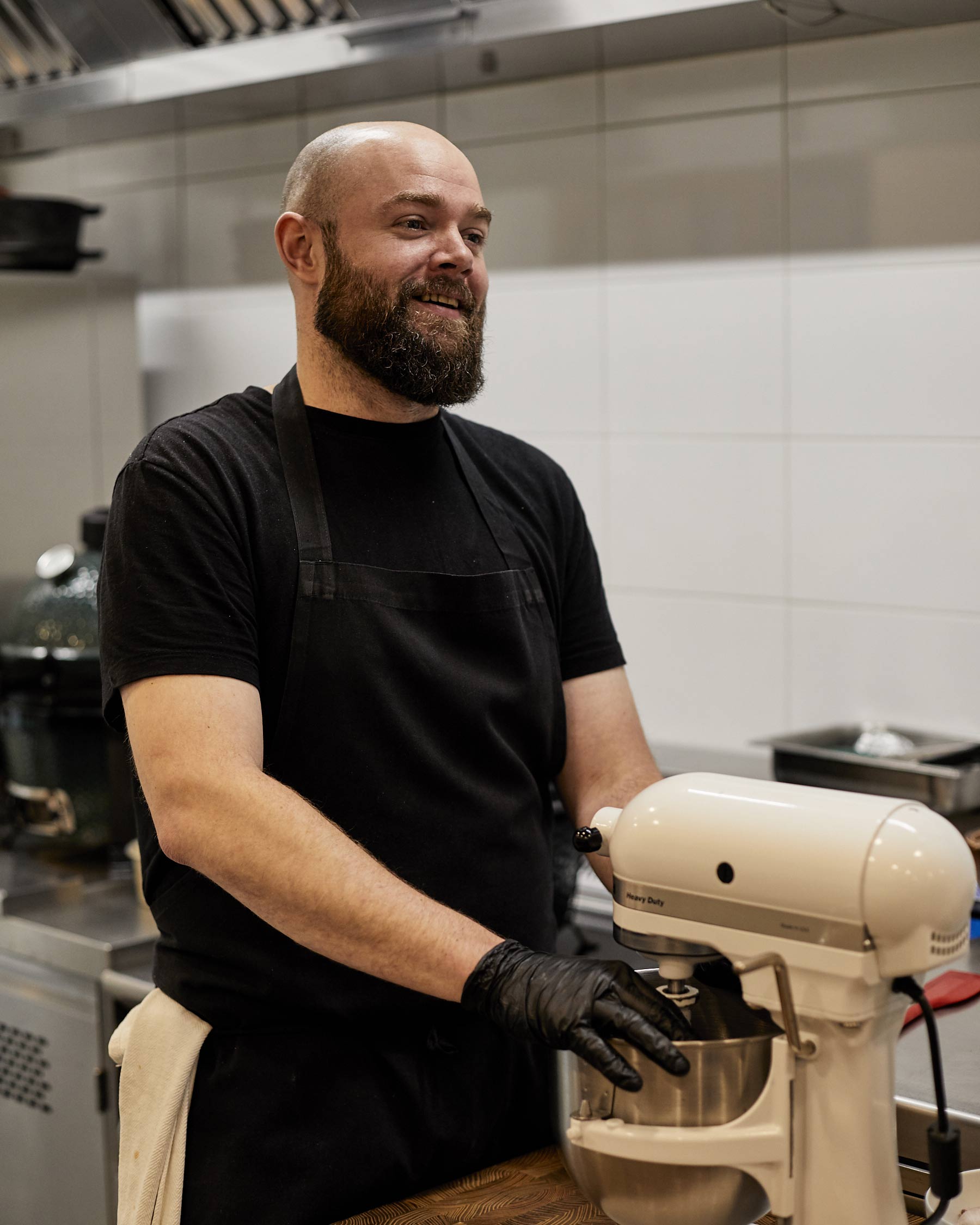
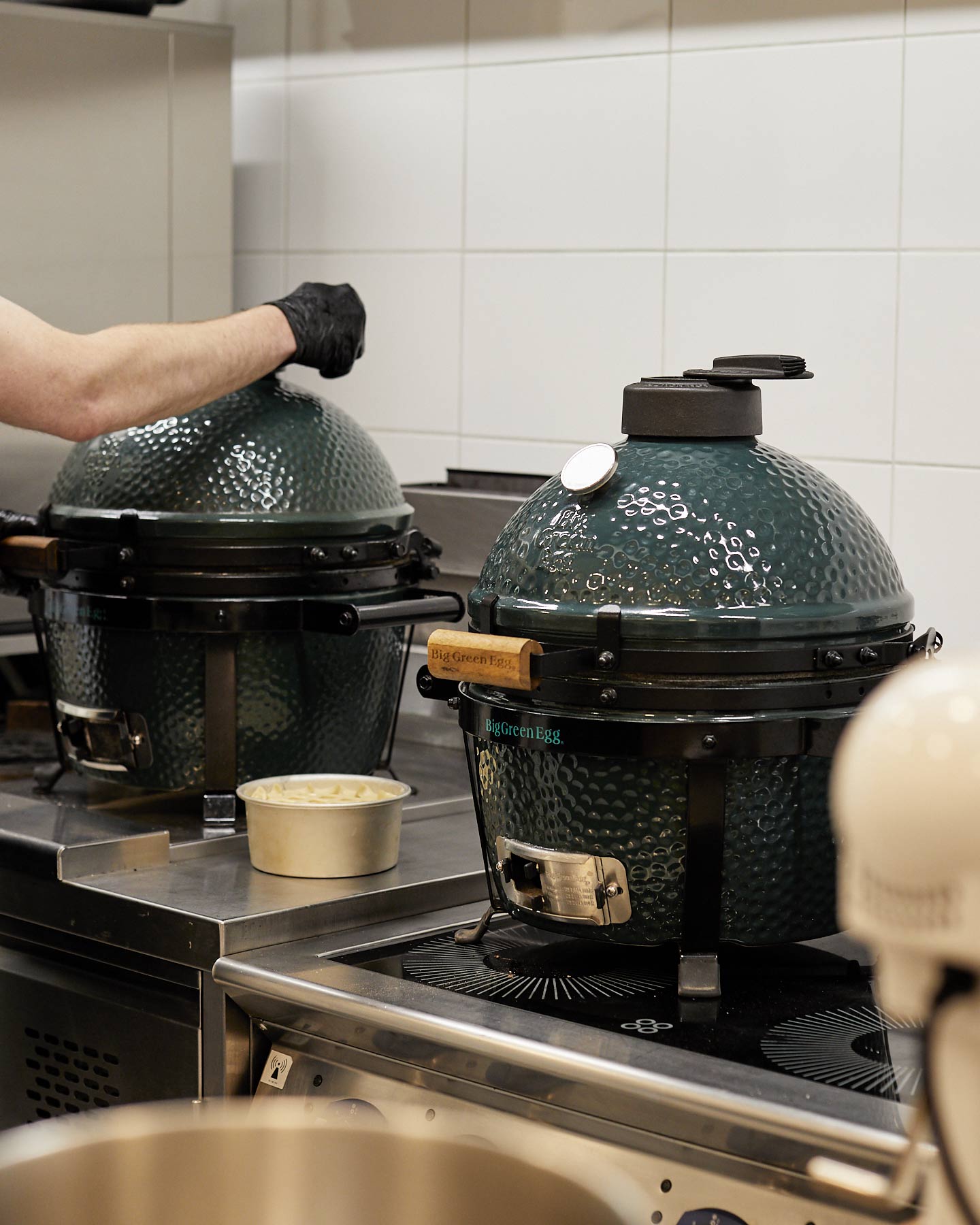
Your set-up includes two Big Green Eggs. Do you use them much?
They’re on pretty much every day – we fire them up a lot. I’ve used EGGs on and off in a few restaurants before, but this is the first time I’ve used them almost continuously. I’ll be the first to admit, I was a bit of a novice before I started here. I assumed it was just a nice-looking barbecue for grilling on, but it’s so much more than that. Until you get a real understanding of what it can do, of all the different elements, it’s difficult to get your head around it. There’s always more you can learn, more skills you can develop, and as chef and someone with a real interest in cooking, that’s one of the most enjoyable parts of it. It also adds dimensions of flavour you simply won’t get anywhere else.
